Last Updated on March 2, 2024
Common Florida seashells are nice to know about, and your knowledge can be shared with family and friends.

As you know, Florida is a peninsula surrounded on three sides by water from the Gulf of Mexico and the Atlantic Ocean. With over 1,000 miles of coastline, many seashells wash ashore.
Beachcombing inspires the fun activity of collecting seashells to always remember your trip to Florida.
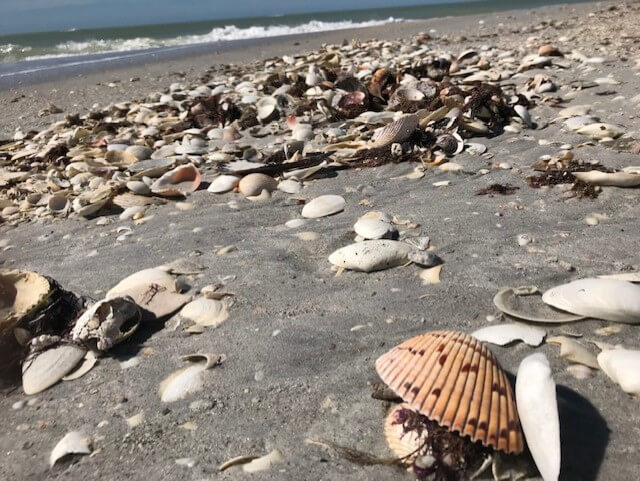
Learn more about common Florida seashells and how to identify them during your next trip to the beach.
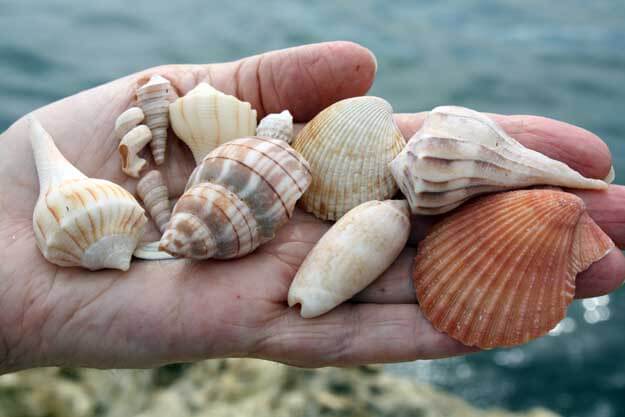
Table of Contents
What is the most common shell in Florida?
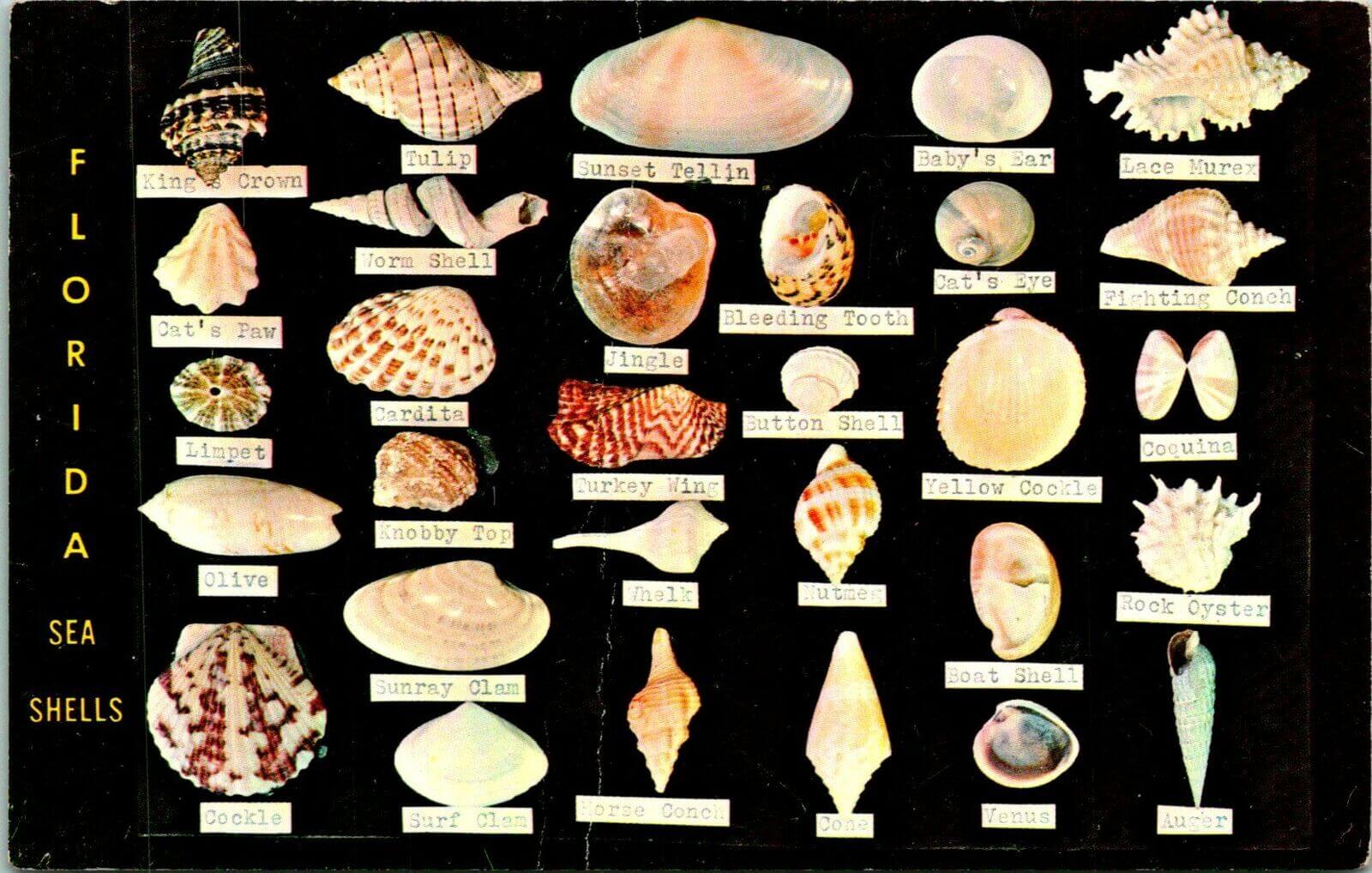
Cockle shells are the most common shell in Florida. Often found in white, brown, red, and yellow appearances, these shells are identified by their small size (usually under two inches) and ridges.
How do I identify a Florida shell?
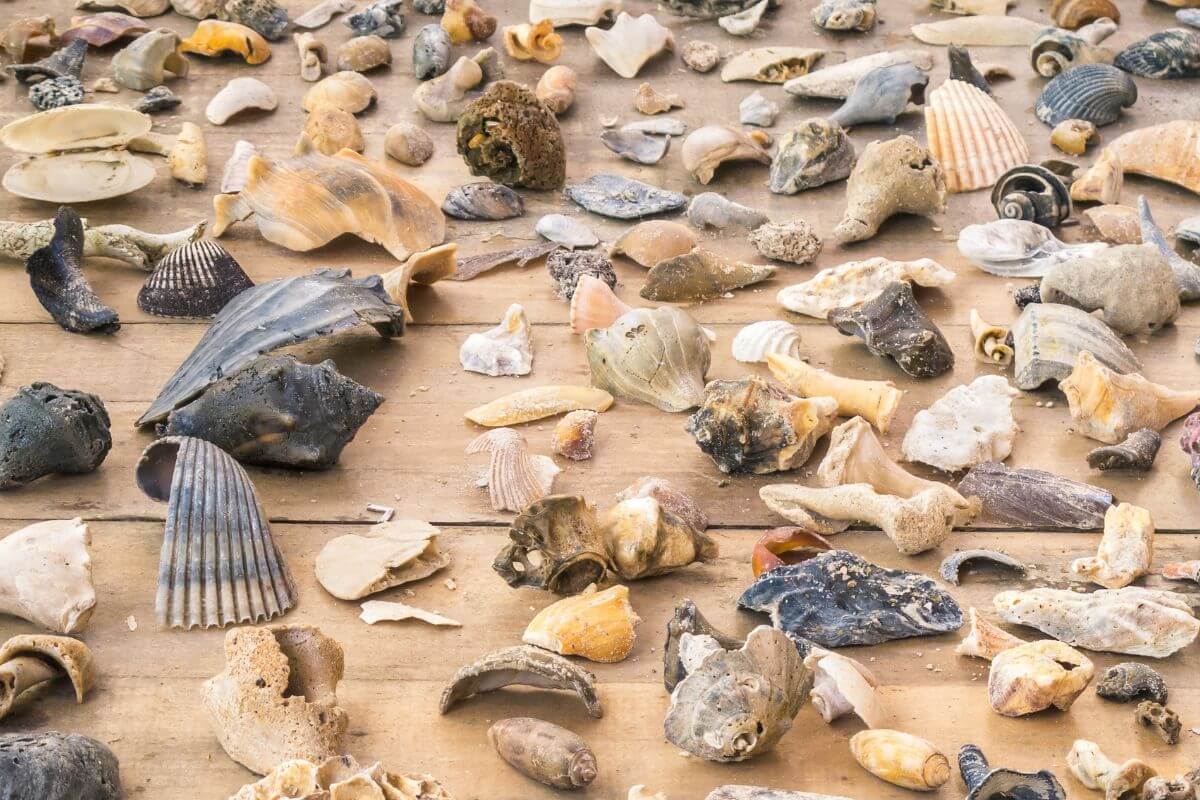
Shells can be identified by examining their size, texture, and shape.
Below, we further explain the unique distinctions of common seashells found on Florida beaches.
What is the rarest shell in Florida?

If you are keen on finding rare shells, you should note the rarest shell in Florida is the Junonia.
The Junonia shell is rare to collect because they originally house Junonia snails, which live a long time deep underwater.
For a shell to end up on the beach, the snail first dies and detaches from it. Strong storm currents bring these beautiful, rare shells to shore.
Can you take seashells from Florida?
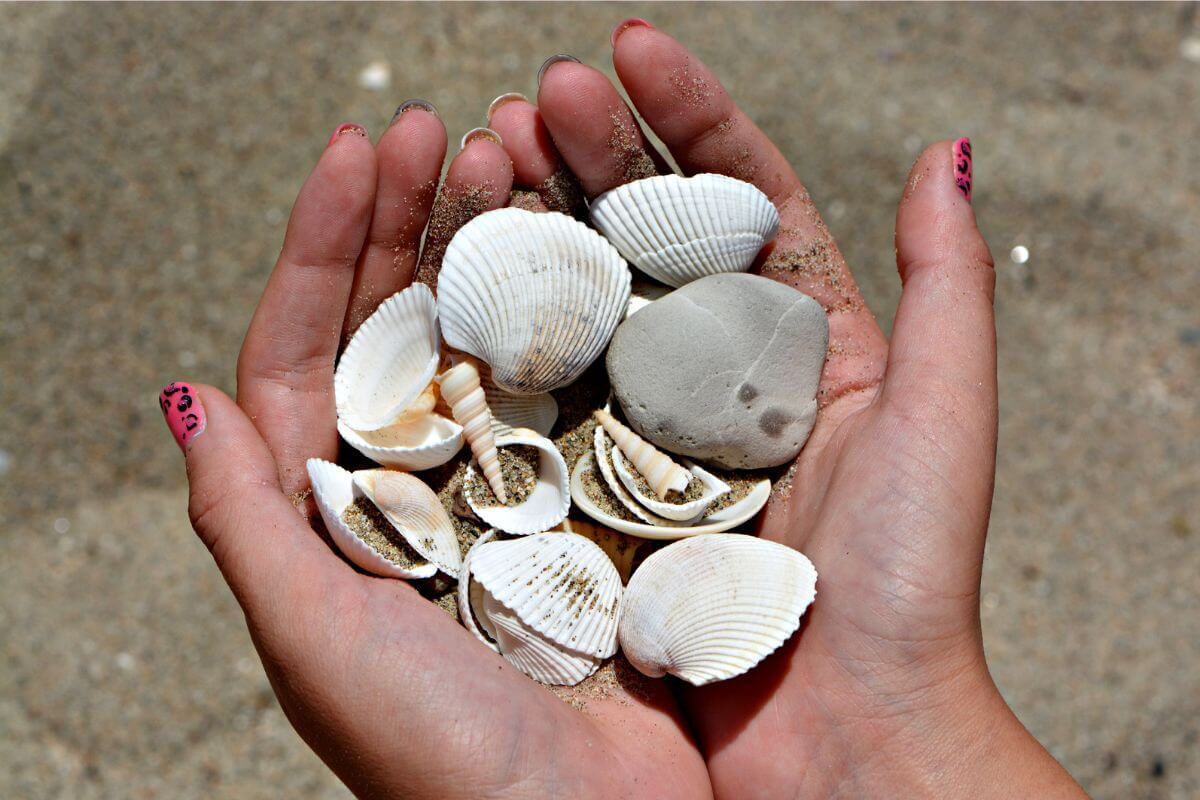
Before scanning the beaches for these beautiful treasures, you might wonder if you can take the seashells home with you.
In Florida, you can take seashells home from the beach if no living organisms are inside them. Collecting is illegal if a living creature is in a seashell.
To collect live shells, you will want to check local regulations. The rules vary by county, and a fishing license may be required.
Is there a limit to how many shells I can take home?
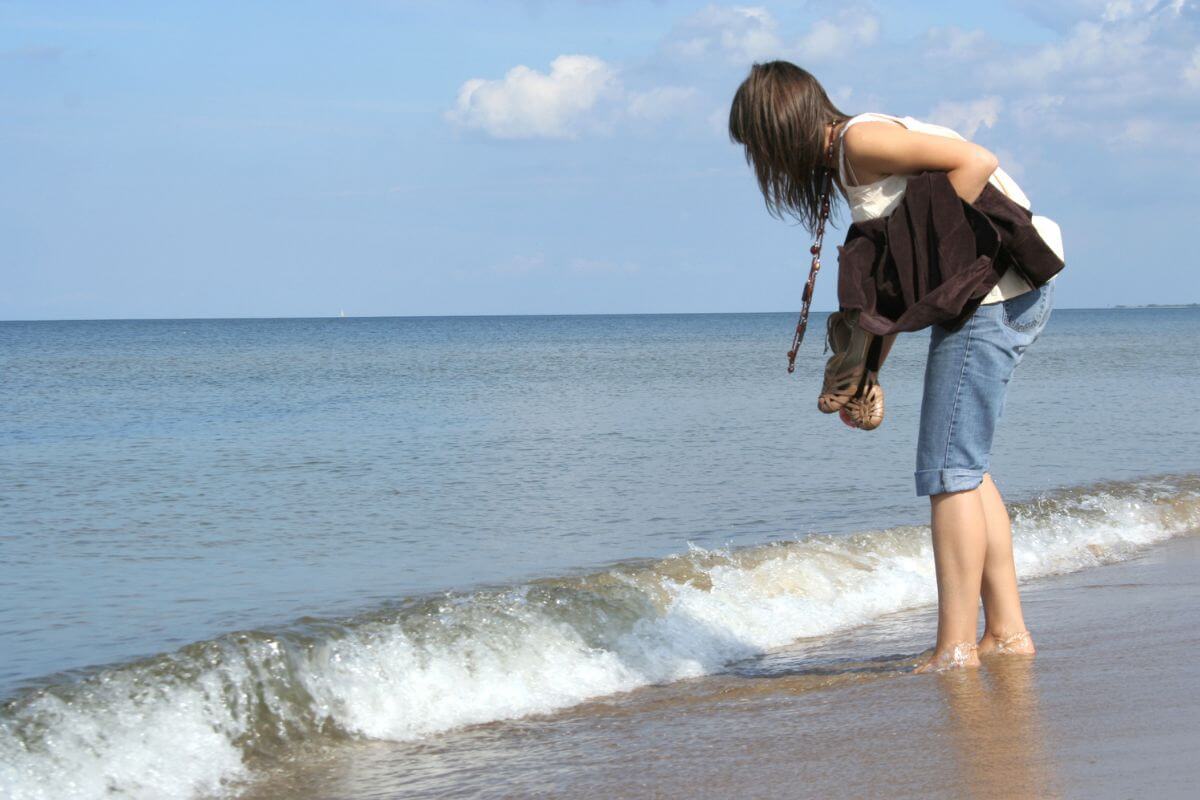
There is no limit to how many empty seashells you can take home from Florida beaches. Please practice environmental awareness.
Be mindful of what you collect, leaving living organisms alone, and only collecting seashells you plan on keeping.
Popular Shells in Florida
Cockle Shells

Cockle shells are the most common shells on Florida beaches. The shells average about two inches round but are also found in smaller and larger sizes.

They typically appear in white, brown, red, and yellow shades.
Cockle shells are originally the bivalve homes of cockle, a type of marine mollusk. The hinge between the bivalve shells often separates on their journey to shore.
What you will often find is half of the original mollusk shell.

One of the reasons cockle shells are so common is that most species of cockle live close to the low tide line. This enables the shells to wash onto the beach.
They are all along the Florida coast throughout the year.
Jingle Shells
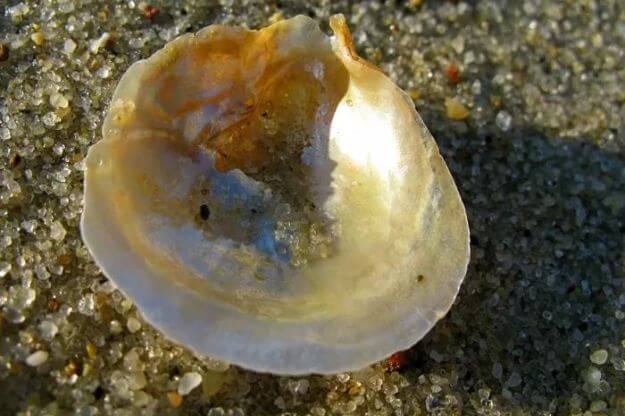
Jingle shells are another common shell that Florida beachcombers discover often. Like cockle shells, they are bivalves with two shells.

They average 1-3 inches in diameter and are thin, strong shells with an almost translucent appearance.
These shiny shells are often in white, yellow, brown, and black shades.
They are along the Florida coast all year long.
Pen Shells
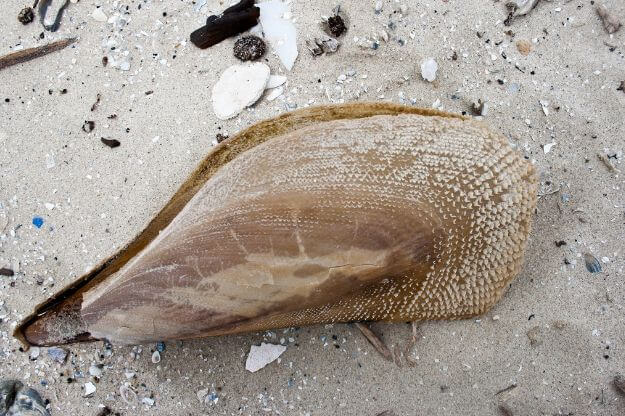
Pen shells are some of the biggest bivalves in the world. Since they tend to stay in shallow waters, they are common on most Florida beaches.
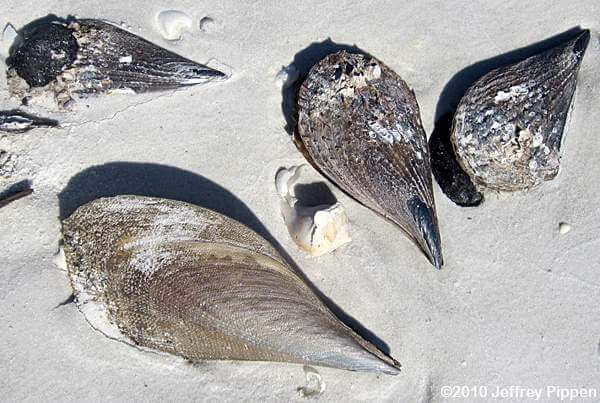
These shells measure about the size of your hand and often appear in shades of orange, brown, and black.
They are found all along the Florida coast all year long, often washing up after bouts of high winds and waves.
Olive Shells

Olive shells are cylindrical that often have a smooth, shiny appearance. They measure about two inches long and are in shades of white and grey.
The olive shell often has red or brown markings on the outer shell. They are found in shallow waters just below the sand surface.
Although more abundant in Southeast Florida, they are also found along the Florida coast all year long.
Horse Conch
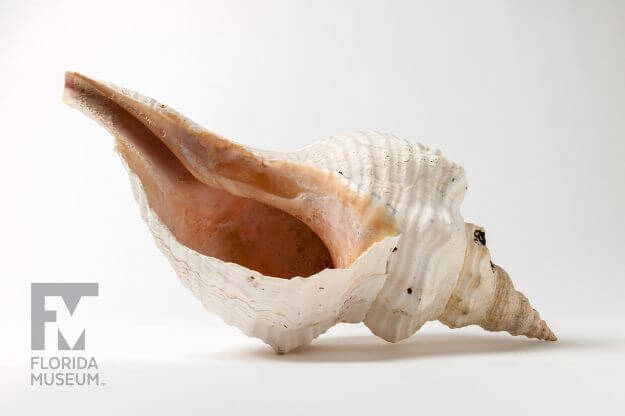
The horse conch is Florida’s state shell. It can grow up to 2 feet long, meaning it can house the second-largest snail in the world.
Due to the thickness of these shells, they are relatively easy to find intact. Horse conches often appear in shades of white, red, orange, and brown.
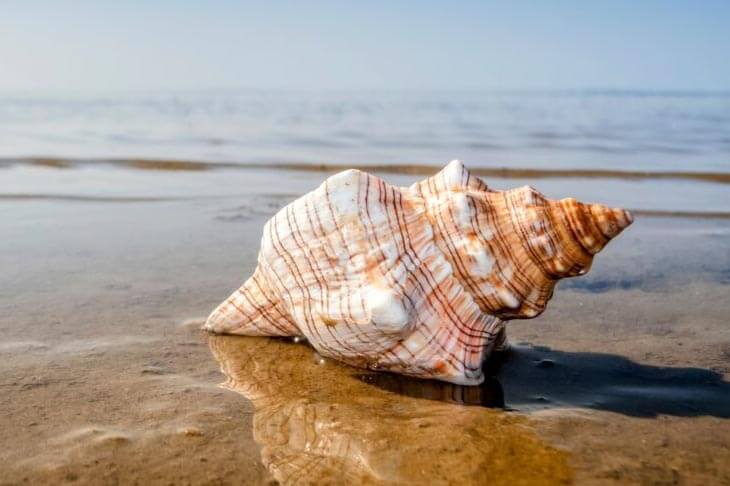
They live in shallow waters, making them easy to locate on state beaches throughout the year.
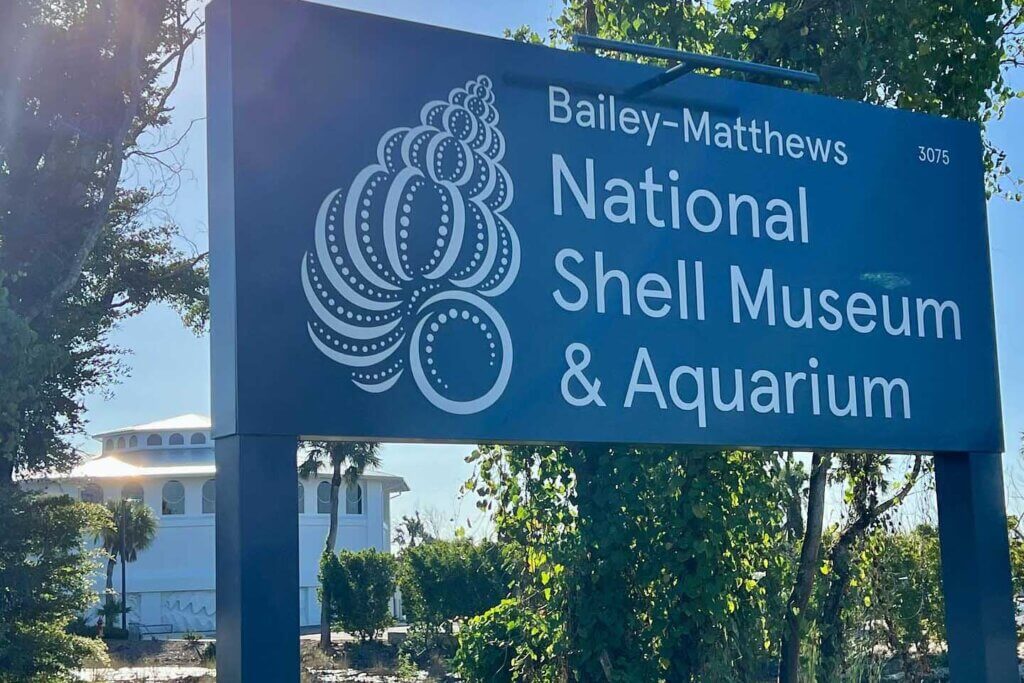
Visit the Bailey-Matthews National Shell Museum on Sanibel Island to learn more about common Florida seashells. This is the only accredited museum in the United States devoted solely to shells and mollusks.
If you enjoyed this article on A Beginner’s Guide to Identifying Florida’s Most Common Seashells and are looking for a few other recommendations, check out these suggestions:
- Let’s Shellebrate Shelling in Southwest Florida!
- Shell Key: Wait, Wait, We Found Another One!
- 6 Best Places to Swim with Dolphins in the Florida Keys
- Top 10 Best Beaches in Southwest Florida
- 6 Magical Places to See Florida Mermaids
- 12 Reasons to Launch Your Trip to Florida’s Space Coast
- Florida’s Magical Mangrove Tunnels
- Sanibel Island Ultimate Trip Guide
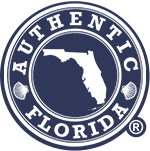
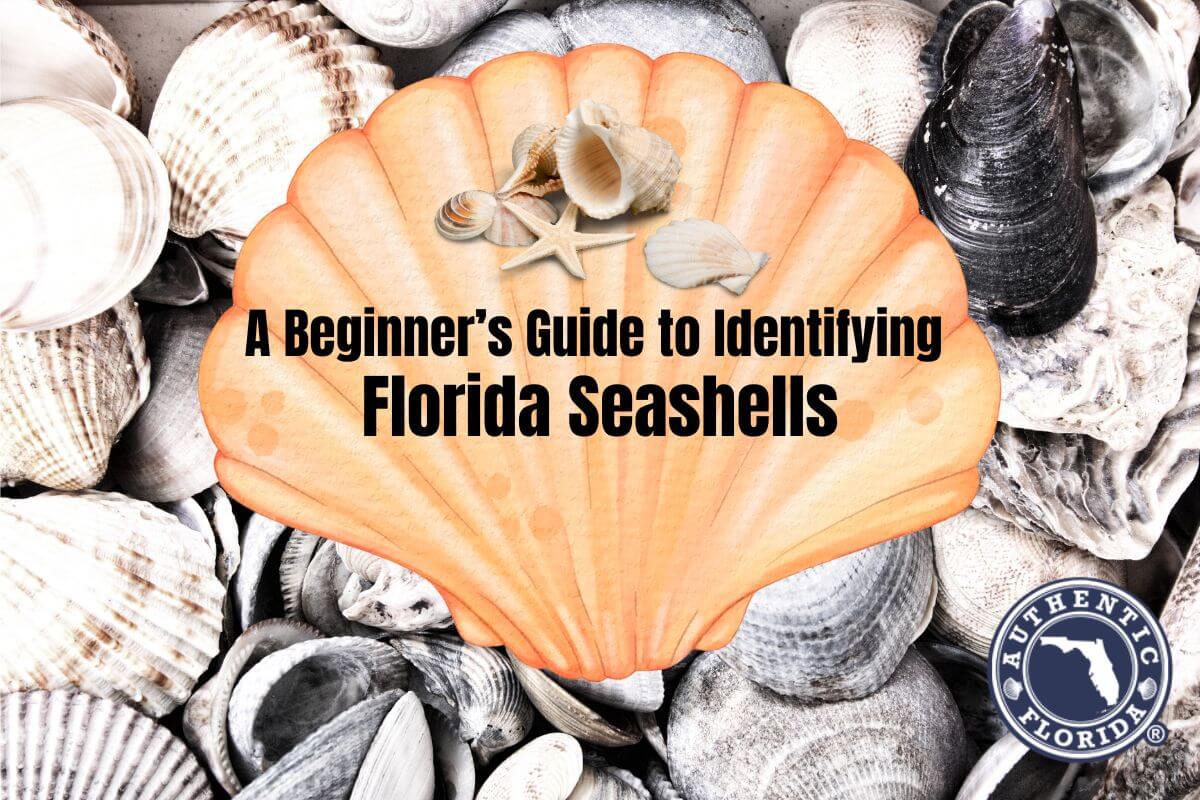
Nice review.
Was just at Siesta Key with white sand and quite a few shells, and lots of people on the beach.